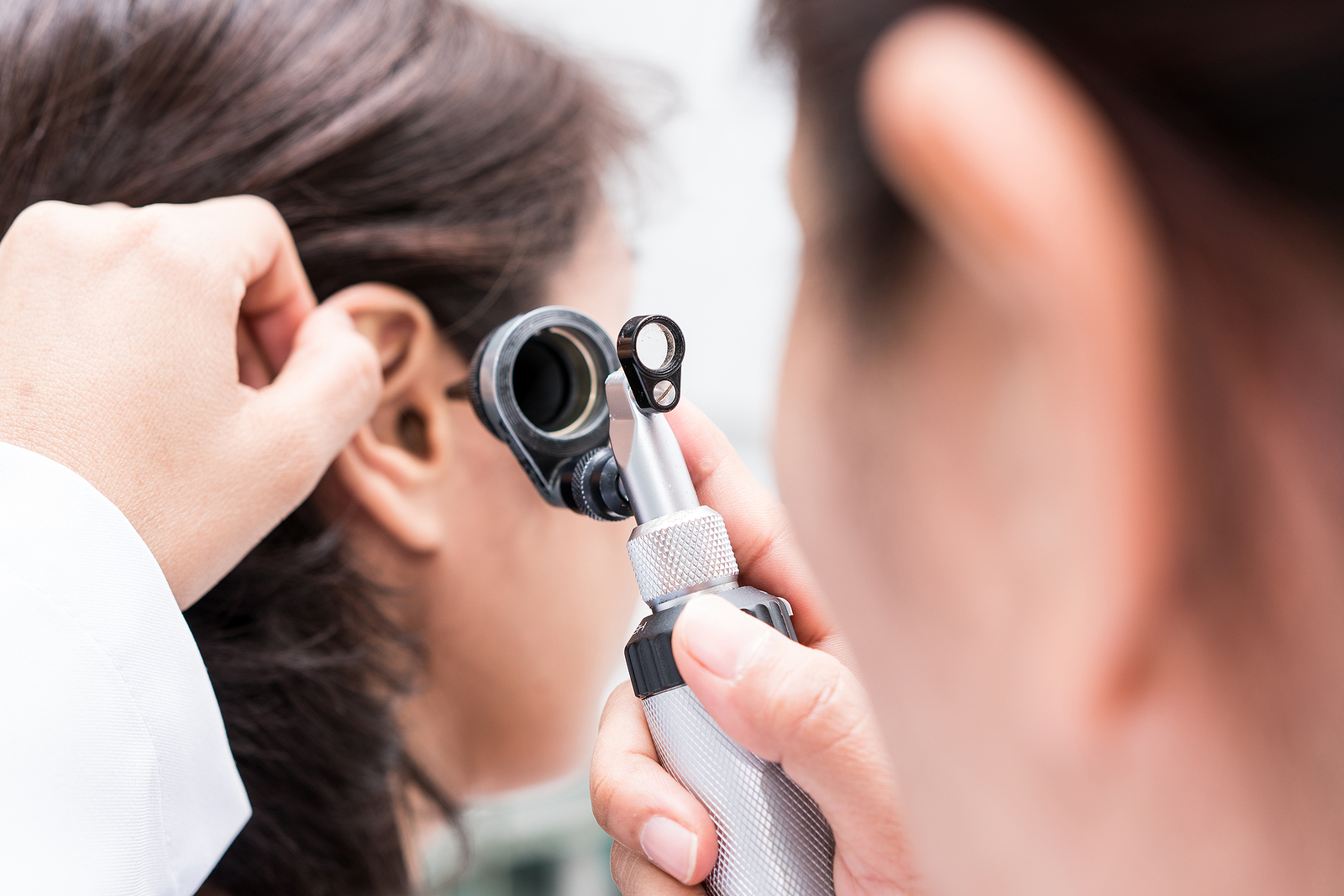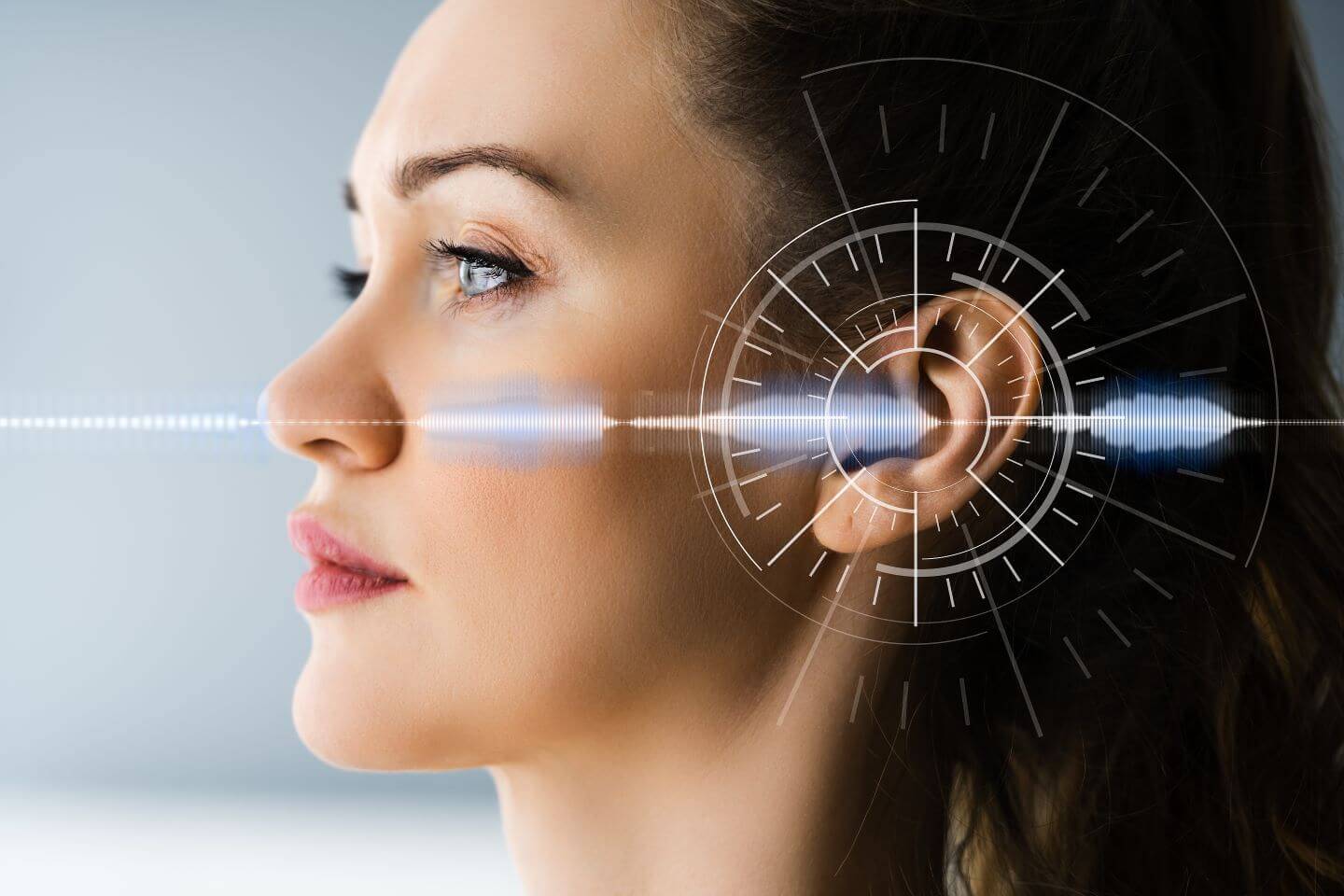Different Types of Hearing Loss
Hearing Loss: Understanding the Types and Causes

Sensorineural Hearing Loss
Sensorineural hearing loss is the most common type and happens when there’s damage to the inner ear or the nerve that sends sound signals to the brain. Unlike conductive hearing loss, sensorineural hearing loss is usually permanent.
This type of hearing loss often occurs as people age, but it can also happen because of exposure to loud noises, certain medical conditions, or injuries. Sensorineural hearing loss usually affects your ability to hear high-pitched sounds, and it can make conversations hard to follow, especially in noisy environments.
Although sensorineural hearing loss can’t be reversed, it can be managed with hearing aids or, in more severe cases, cochlear implants. These devices help amplify sounds and make it easier to understand speech.

Conductive Hearing Loss
Conductive hearing loss happens when sound can’t pass through the outer or middle ear. This makes it hard for sounds to reach the inner ear, where hearing actually takes place. People with conductive hearing loss often feel like their ears are blocked or that everything sounds quieter or muffled.
There are several causes for conductive hearing loss. It can happen if earwax builds up and blocks the ear canal, or if you have fluid in your ear from an infection. Sometimes the eardrum can be damaged, or the small bones inside the ear that help transmit sound can be affected.
The good news is that conductive hearing loss is often temporary and treatable. Doctors can remove earwax or treat infections with medications. In some cases, surgery can help if there’s damage to the eardrum or bones in the middle ear.

Mixed Hearing Loss
Mixed hearing loss is a combination of both conductive and sensorineural hearing loss. This means that there’s a problem in both the outer or middle ear, as well as in the inner ear or auditory nerve.
For example, a person might have fluid in the middle ear that’s causing conductive hearing loss, along with age-related sensorineural hearing loss. In these cases, treatment may involve addressing both issues. Doctors may treat the conductive hearing loss with medication or surgery and manage the sensorineural part with hearing aids.
Why Early Detection Matters
It’s important to catch hearing loss early so that you can find the right treatment as soon as possible. If you notice that conversations are becoming harder to follow, or if you need to turn up the volume on the TV or radio more than usual, it’s a good idea to get your hearing checked.
An audiologist can perform a hearing test to figure out what type of hearing loss you have and how severe it is. From there, they can recommend the best treatment plan, which might include hearing aids or other devices that help you hear better.
